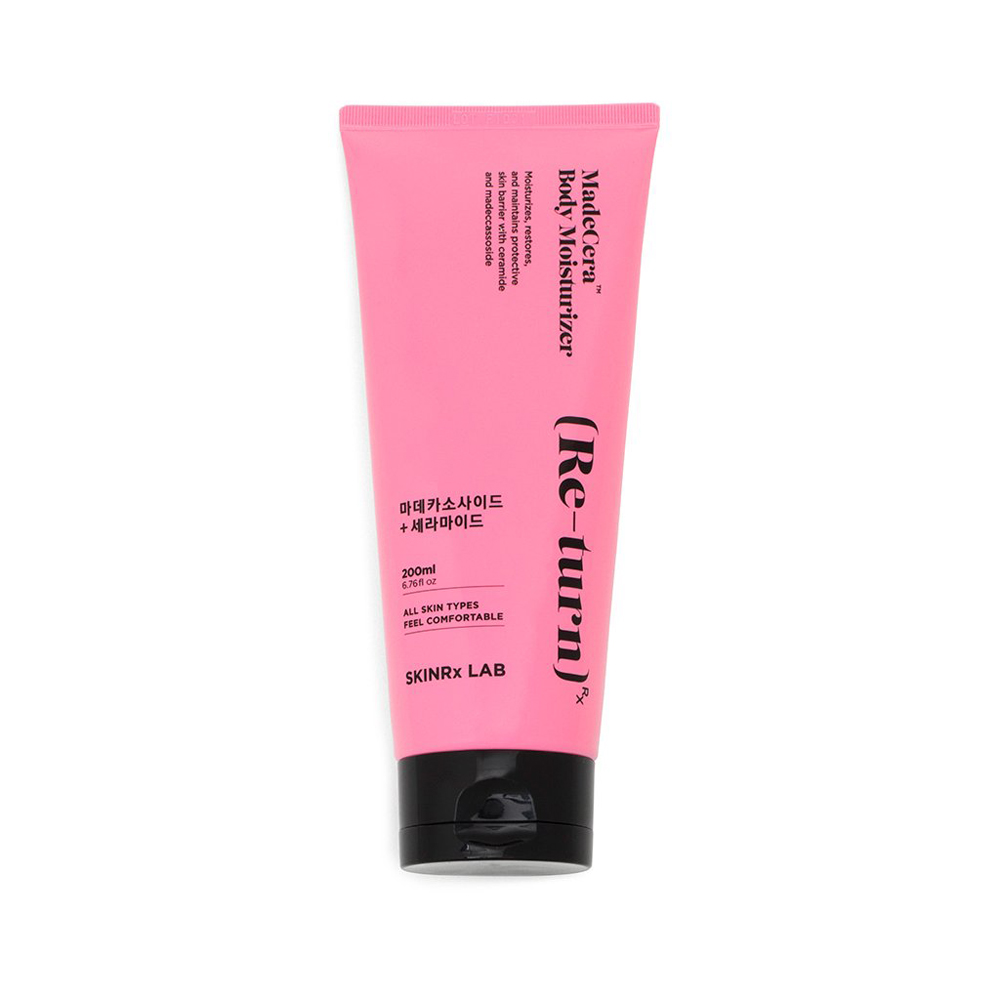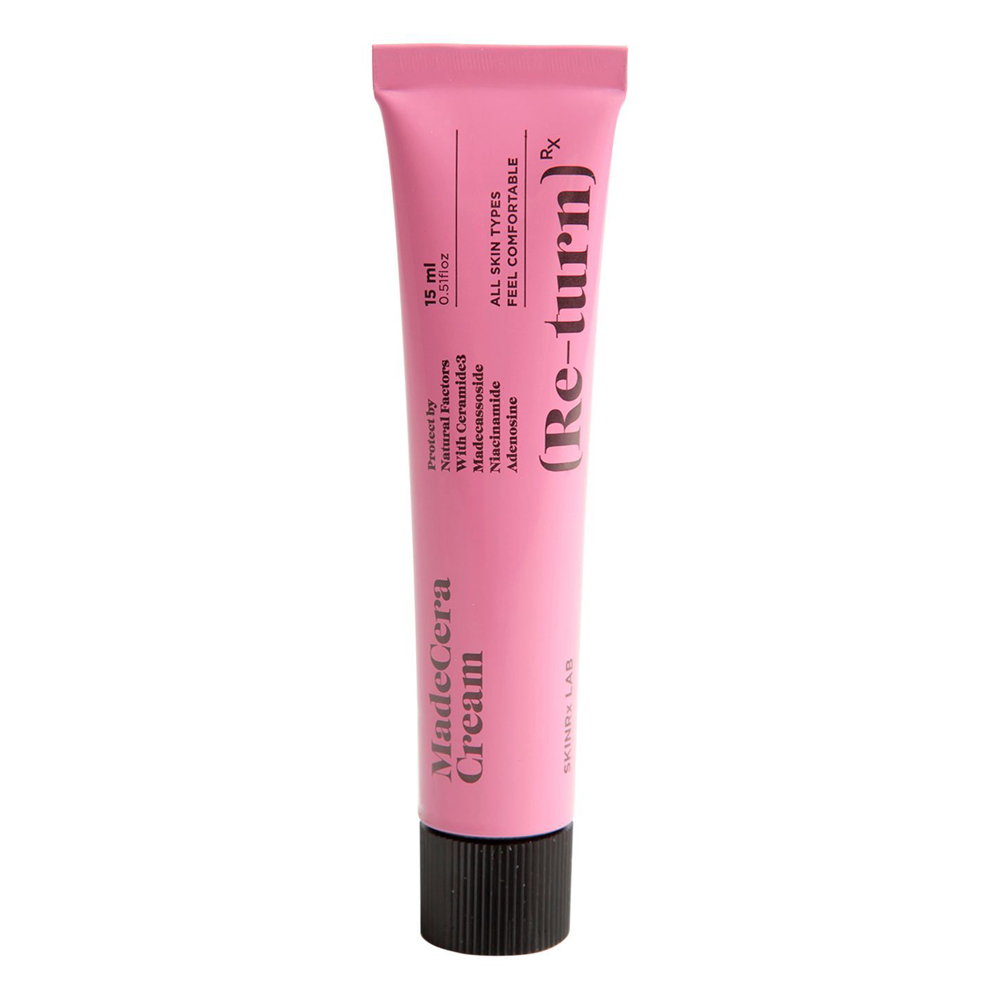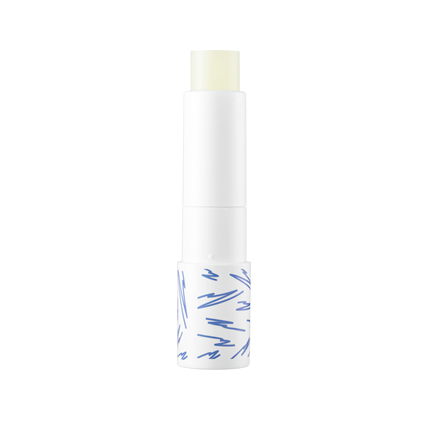What are the best skin care ingredients for redness and inflammation? We’ve highlighted five of the best ones here.
Red flush in the skin is often an annoyance of acne-prone and sensitive skin that is overlooked because it can be covered with concealers and makeup, but redness can actually be treated with certain ingredients either ingested and applied topically. Read on to find out some of the best ingredients for reducing redness and inflammation.
Before we talk about reducing redness and inflammation, it’s important that we understand the causes. There are a number of reasons that you might have facial redness, and you should first check out our skin care FAQ on redness and inflammation, because redness can range anywhere from sunburn and flush to rosacea and eczema (which are more serious skin conditions that can be painful and should first be addressed by a dermatologist).
If you’re treating redness and inflammation in your face, it’s also important to be aware of ingredients to avoid. Fragrance, alcohol, witch hazel, menthol, peppermint, and eucalyptus oil are all known irritants that can cause further inflammation. It’s also better to use facial scrubs sparingly since they can cause minute tears in the skin.
Without further ado, here are the ingredients:
Madecassoside

Madecassoside is an ingredient found in centella asiatica. Centella asiatica, also known as one of the “miracles of life” is a small plant most commonly found in the wet swamplands of India, Southeast Asia and the Southeastern US, and Mexico. It is widely recognized and used in skin care for soothing acne inflammation, as well as healing small wounds, scratches, and burns and even as an anti-inflammatory with eczema.
Madecassoside is one of centella’s four primary compounds. It can be used as an antioxidant on its own, but has show in studies to work particularly well in conjunction with vitamin C, for non-sensitizing, rebuilding the skin barrier, and reducing inflammation. Studies have also shown that because madecassoside is an antioxidant and increases collagen synthesis, it can play an active part in burn wound healing. It also works well for protecting the skin against hyperpigmentation caused by UV rays. Madecassoside and centella are wonder ingredients for combating redness that stem from inflammation, burns, or open wounds, including minor skin tears.
We love the SkinRX Madecera Lip Balm, Body Moisturizer, and Face Cream which all contain madecassoside and are free of parabens, surfactants, and other irritants which may be irritating the skin to deeply hydrate and soothe any redness and inflammation, leaving you with your clearest, most radiant skin yet.
The SkinRX Face Cream is a particularly great option if you’re suffering facial redness. It’s packed with madecassoside to reduce inflammation and also features antioxidant niacinamide as a major ingredient to strengthen the skin barrier, prevent against skin damage from external pollutants, brighten and even out skin tone, as well as aid in decreasing redness. The cream also has adenosine, a powerful anti-ager, and ceramides. Ceramides are lipids that trap in moisture, leading to more hydrated and plump skin. The SkinRX face cream is primarily formulated with water, giving it an almost gel-like consistency that glides easily into the skin and won’t leave you feeling greasy or oily.
Licorice
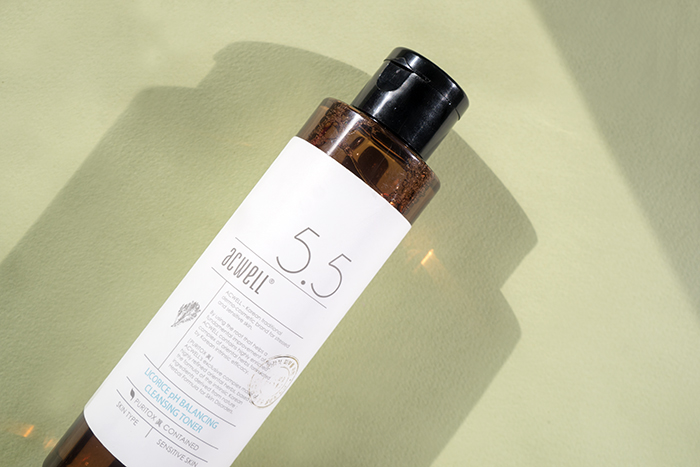
Yes, we’re talking about the very same licorice that’s in the candy aisle at your local supermarket. People have been using licorice extract all the way back as far as ancient China. It’s known to fight inflammation and promote elasticity and can be found in toners, face creams, cleansers, and spot treatments. Glycyrrhizin, the acid that gives licorice its sweet flavor, has been found to soothe irritation. Licorice, itself, is an anti-inflammatory and can be used to treat rosacea, eczema, psoriasis, and dermatitis as well as other forms of redness, rash, itchiness, and swelling.
The Acwell Licorice pH Balancing Cleansing Toner is one of our favorite licorice products. It’s pH effectively balances, while peony, licorice, and green tea sink deep into the skin to soothe as well as fade dark spots to give you plump, glowy skin.
Cucumber
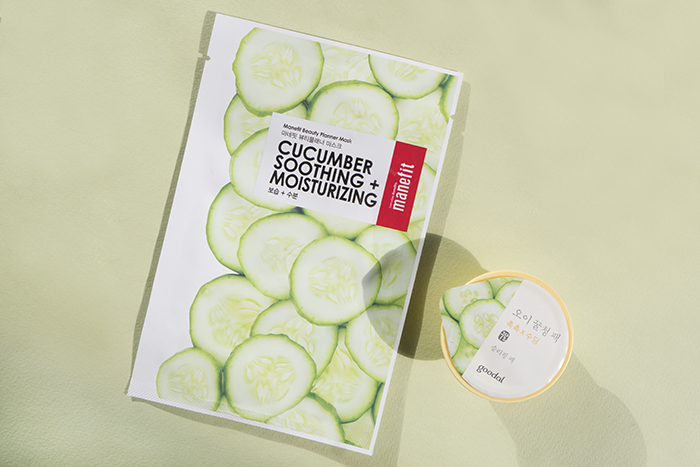
This old spa trick does actually have skin benefits. Cucumber is a analgesic, meaning it provides pain relief, and has many antioxidant properties. Physicians dating as far back as the seventeenth century have touted the benefits of cucumbers in reducing facial redness. Cucumber has ascorbic acid or vitamin C, and caffeic acid, which are both common ingredients used to combat inflammation, it also contains nutrients like potassium, sulfate, and vitamin A which can effectively treat sunburn, without drying out your skin because of the high water content. The cooling effect of cucumbers can also help to contract dilated blood vessels, thereby reducing the appearance of redness and puffiness.
Cucumber masks have become all the rage recently. We love the Goodal Cucumber Honey Pack and Manefit Beauty Planner Cucumber Sheet Masks, but you could also simply cut up some cucumber slices and place them on your freshly cleansed skin as a DIY mask.
Ginger
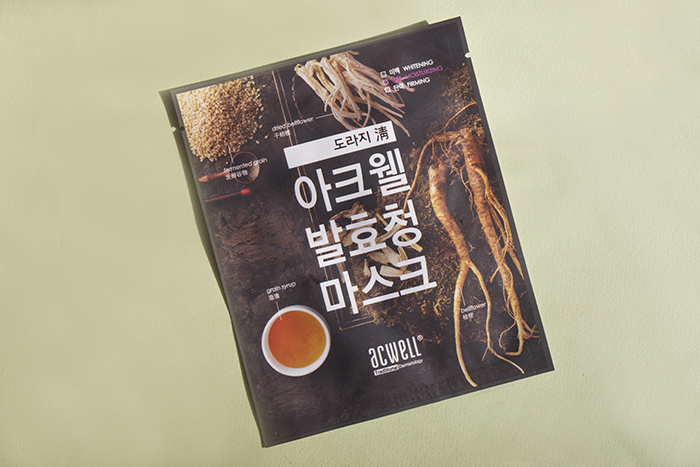
Ginger is a natural remedy for reducing inflammation in your skin. It contains more than 40 antioxidants and is widely known for settling upset stomachs, soothing headaches and nausea and treating flu and cold symptoms, but it’s also great for your skin! There are benefits to both consuming ginger and applying it on the skin and because ginger is an antioxidant and anti-inflammatory, it does wonders for lessening inflammatory tissue and reducing redness. Treating yourself to a nice steaming cup of ginger tea is a great way to incorporate ginger without applying anything topically, simply slice up some ginger into fine slices, use more or less depending on how strong you like your tea, and then pour over some boiling water and add honey or agave to taste.
If the spicy taste of ginger isn’t to your taste buds, check out Acwell’s Traditional Grain Syrup Ginger Mask which is packed with ginger, fermented grain syrup, and mistletoe essence to nourish and hydrate.
Rice

Rice is the oldest trick in the book in Korean beauty. And for good reason. Rice boasts a laundry list of unexpected skin benefits. In particular, it does well in treating acne, eczema, irritated skin, and sunburns. Rice water contains vitamins, minerals, and acids like ferulic acid which is an antioxidant known for being an anti-inflammatory. The cooling sensation of using rice water can help to contract red blood vessels and pores to reduce redness and clear acne, as well as soothe any irritation. It has even been shown, in clinical dermatological studies, to treat atopic dermatitis. The starches of rice have also been known to soothe eczema.
Rice water is super easy to make in your own home, but is also pretty common in a number of Korean skin care products including Tony Moly’s Wonder Rice Smoothing Toner, Cosrx’s Ultimate Nourishing Rice Overnight Spa Mask, and Neogen’s Real Ferment Micro Essence.
Bottom line:
Redness is treatable! But it’s important to treat it with the right ingredients and in the right way. For more info, check out our super informative video below:
Just remember, if you have facial redness that is painful or constant even using these ingredients, it may be time to see a dermatologist to find out of it’s a more serious skin condition that should be treated with prescription or lasers.



